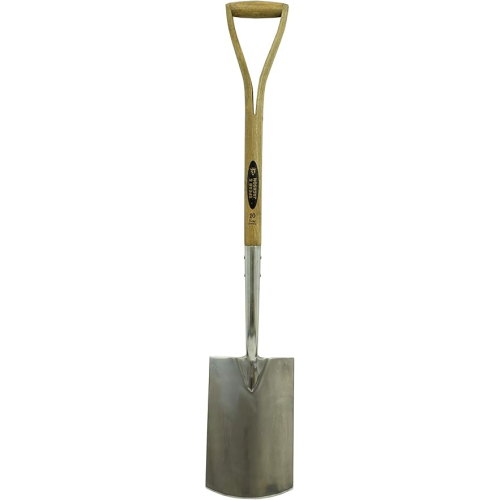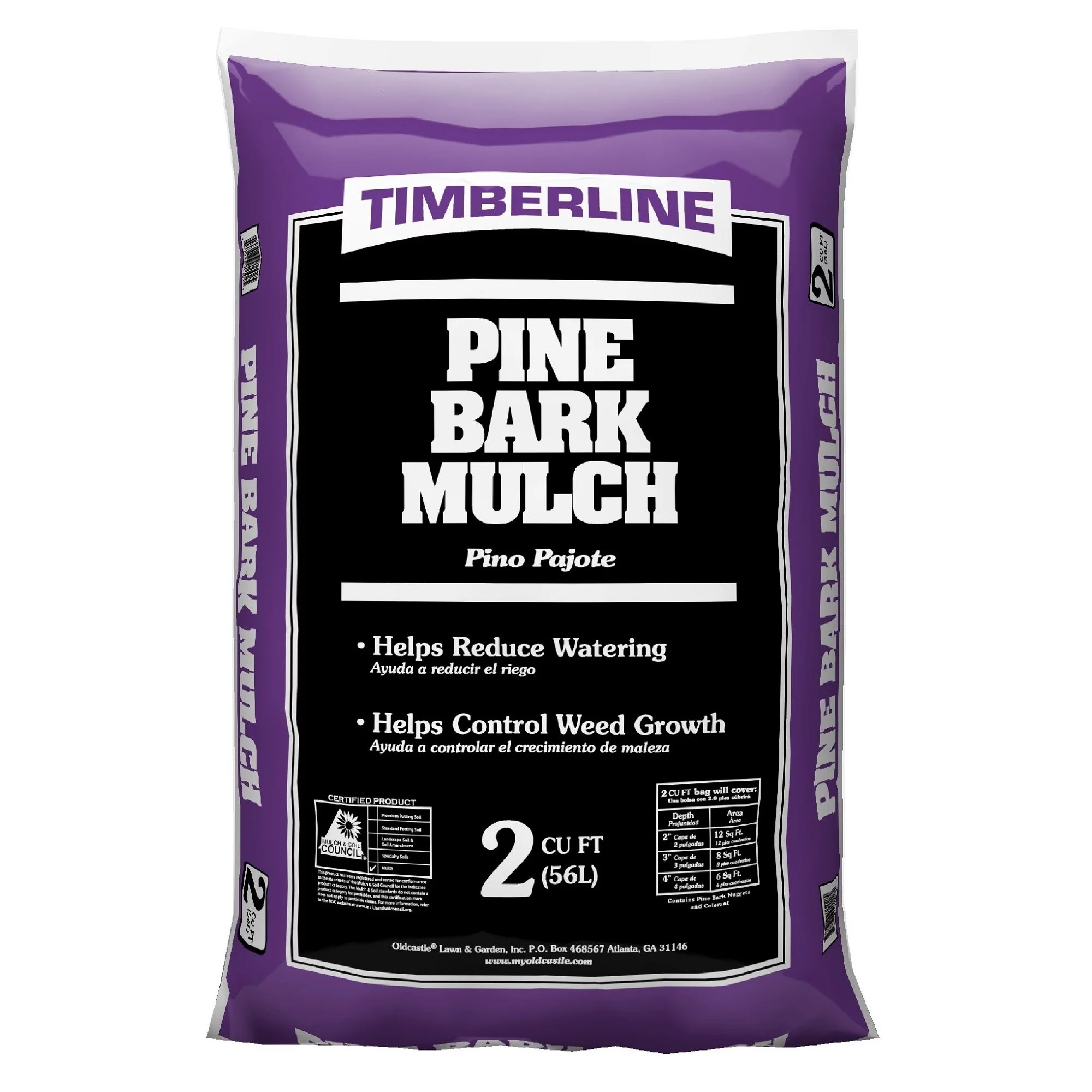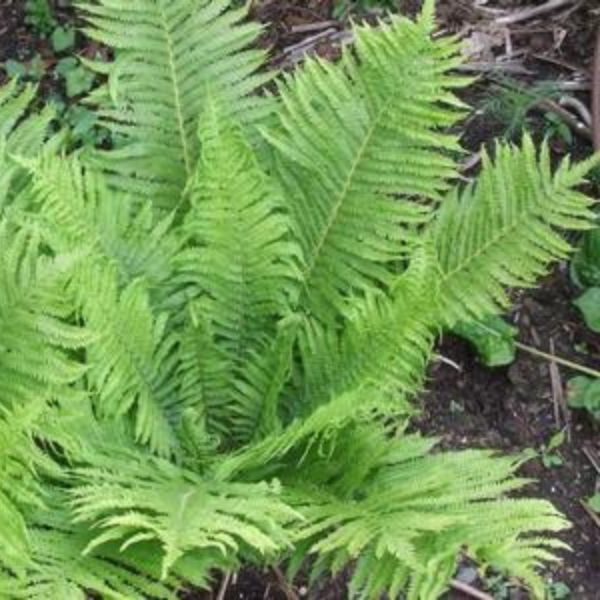Horsetail is hard to eradicate, but garden experts recommend 5 methods for getting rid of this problematic weed
We reveal expert DIY ways to get rid of horsetail, plus when you should turn to the pros


Equisetum arvense, commonly called field horsetail or common horsetail, has been around for hundreds of millions of years. You can’t help but admire the longevity of this survivor from Jurassic times, but the traits that have benefited it for millennia make it difficult to eradicate from a garden.
There is no shying away from the truth that this perennial weed can be a nightmare in gardens. It spreads quickly and is incredibly tough to get rid of. Prepare yourself that it will take several years to get rid of horsetail from your yard, while large infestations may never be completely eradicated.
Unfortunately, the usual methods for getting rid of weeds don’t apply to horsetail. There are no quick fixes; you can’t just dig or spray to get rid of horsetail. It takes time, patience, and perseverance, but it can be possible. I spoke to gardening and invasive plant experts to discover their recommended methods of getting rid of horsetail.
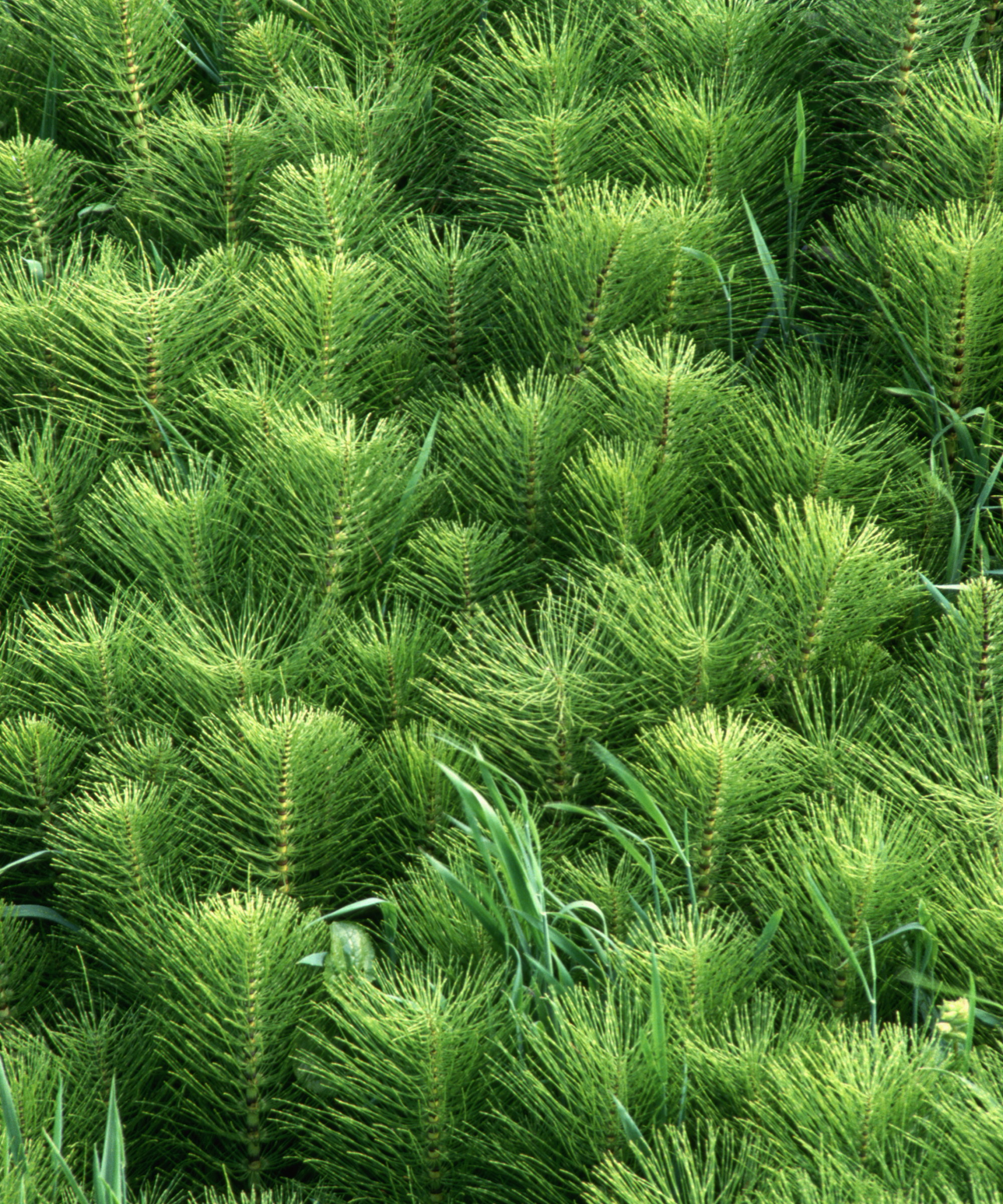
What is weed horsetail – and how to spot it
Horsetail produces two different types of stems. In spring, it develops light brown, leafless stems about 12 inches tall that look like toadstools. These shoots produce spores, which spread by wind and can travel long distances. These stems die back after releasing their spores.
The summer growth is taller, reaching up to two feet tall, and greener. It resembles small conifers, with the stems and needles resembling a bottle brush. Under the surface, horsetail develops an extensive system of underground rhizomes. Horsetail spreads by both spores and rhizomes, but it is the latter that causes the most problems.
The rhizomes spread quickly and deeply into the soil, making it a difficult weed to get out of a flower bed once it enters. They can tangle with other plant roots and can regenerate from even the smallest of sections, meaning if you try to weed a garden quickly and dig out horsetail in a hurry, any piece left will resprout into a new plant.
How to get rid of horsetail – 5 DIY methods
It may all sound doom and gloom, but there are ways to control and get rid of horsetail. They don’t provide instant results, but the following can weaken the weed and even eradicate it over time.
Design expertise in your inbox – from inspiring decorating ideas and beautiful celebrity homes to practical gardening advice and shopping round-ups.
1. Dig it up
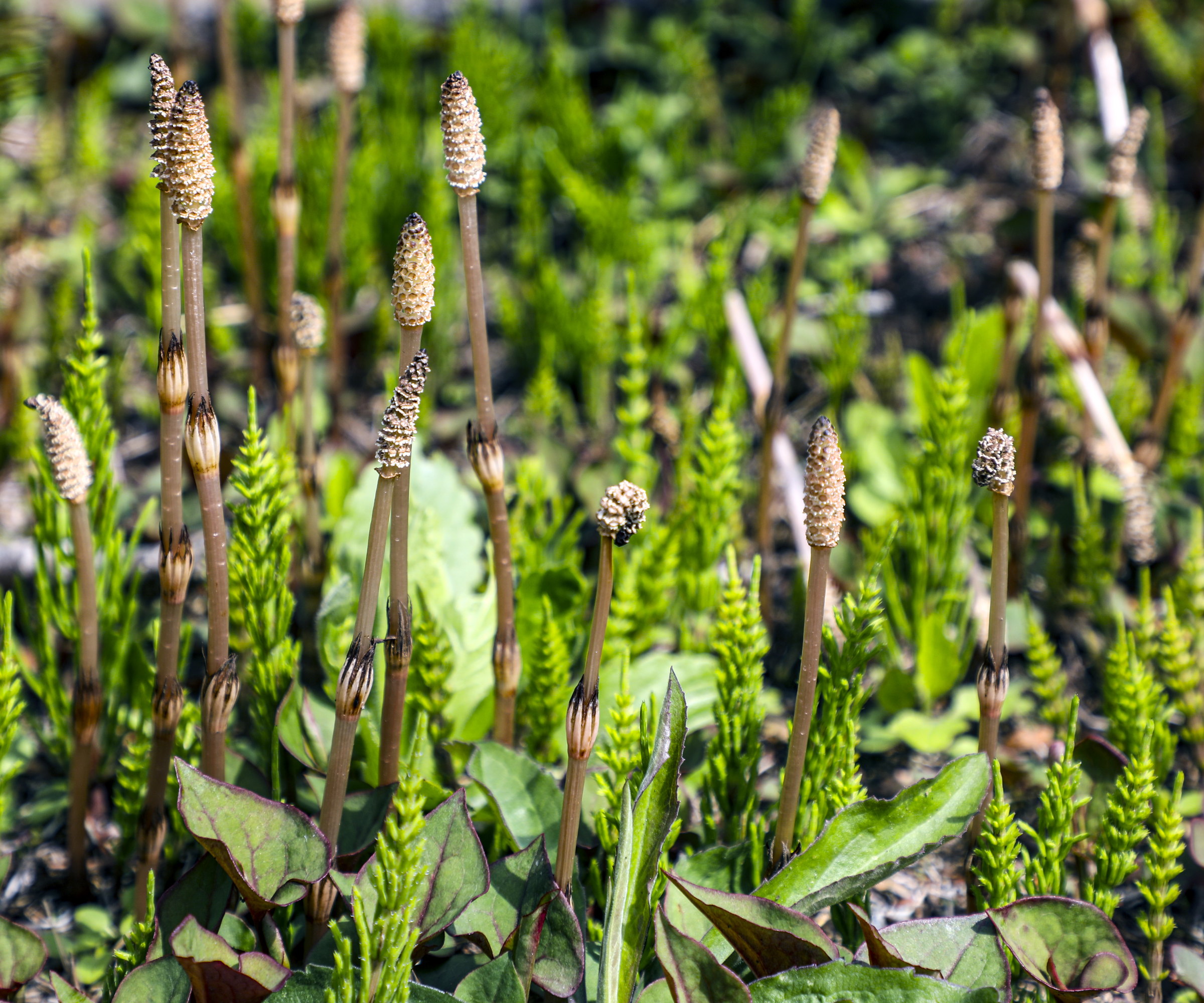
While this is no simple job, digging out as much as you can and repeatedly doing it will weaken the plant. It is hard work, but digging is the best chemical-free way to tackle the issue.
The problem is the depth of the field horsetail’s root system, which can reach well below the surface. And any fragment of the rhizomes left in the soil sprouts to form new plants.
If you want to get rid of horsetail completely, then you need to dig deeply. As Trent Brown from Ground Break Designs says: 'The best way to remove it for an extended period is a complete soil replacement, about 24” down. Horsetail hates well-drained, neutral soils, so removing as much of the rhizome system as possible and replacing it with good soil will help.'
If a full excavation and soil replacement programme seems too daunting, removing clumps gradually over time might be a more practical way to manage a field horsetail problem.

Trent is the Founder and Principal Designer of Ground Break Design, a landscape design firm based in Canada, and author of 'Taking Your Yard from Overwhelm to Oasis', available at Amazon, which takes homeowners through a step-by-step process to create a landscape they love.
2. Cover it

To control horsetail, covering and smothering the troublesome weed can suppress its growth – but this method needs to be done in conjunction with monitoring and action. You cannot simply place mulching materials over the field horsetail and consider it a job done.
'You can use barrier methods like landscape fabric, or thick cardboard, plus mulch to cut off light,' claims Trent Brown. 'For shoots that still pop through, consistent cutting or pulling is key. Each time you remove green growth, you’re starving the underground rhizomes of energy.
'However, it is very, very important to continue with the cutting and pulling as soon as you see new growth. Remember that the plant compensates by sending up more shoots than the one you pulled. But over time, maybe 2–3 seasons, the plant weakens.'
Use thick weed-resistant matting to eradicate light, like this heavy-duty and durable weed control fabric at Amazon, or place down thick cardboard for weed control, which you can cover with different types of mulch, such as bark or wood chippings. The mulch will need to be topped up regularly, every few years.
3. Shade it with tall plants
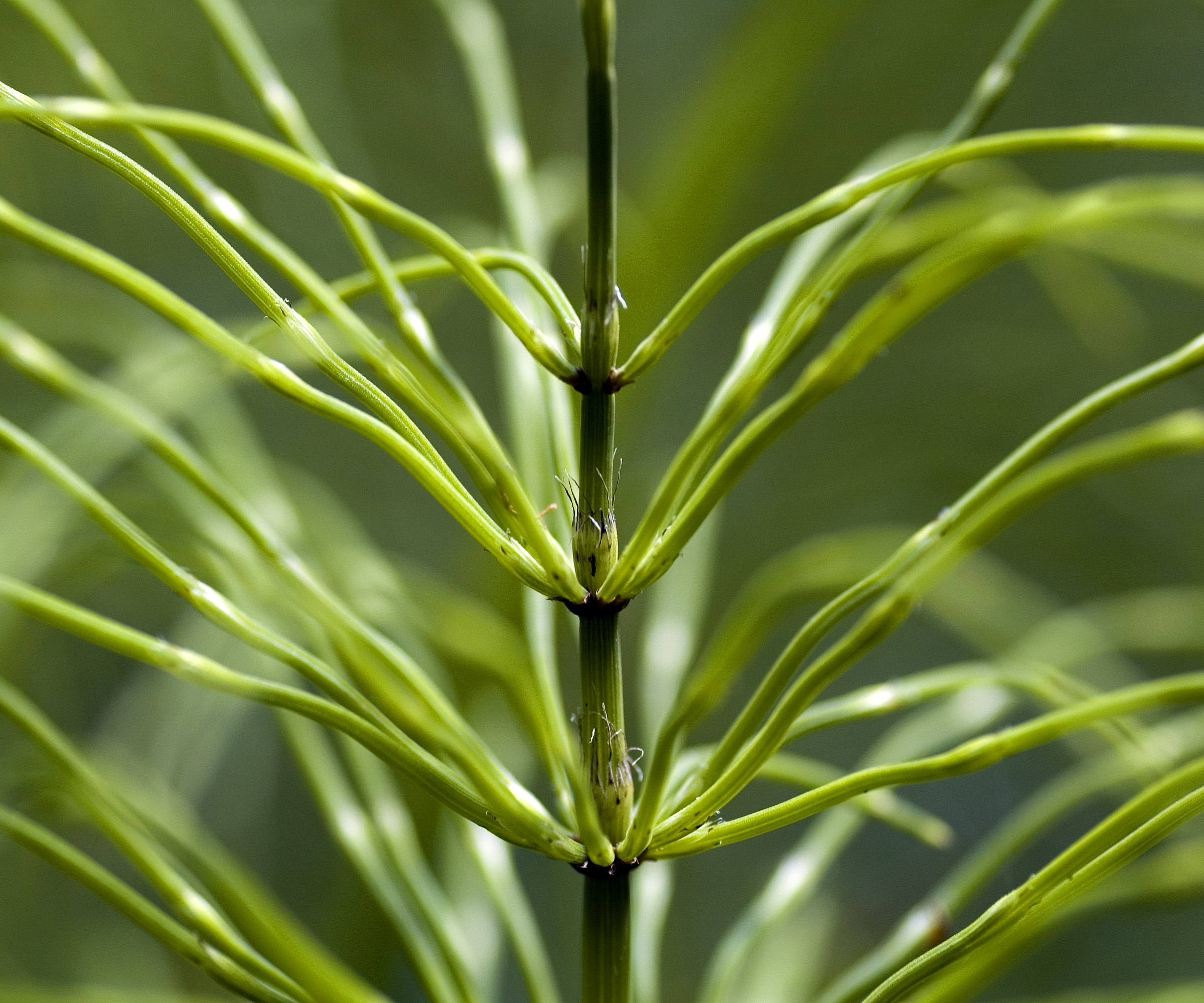
To weaken the horsetail, consider shading it out by planting densely around it and filling any areas it may invade.
'When thinking of preventative steps, think in terms of soil health and competing plants. Keep soil well-drained and avoid overwatering,' adds Trent. 'Plant dense ground cover plants, shrubs, or turfgrass so there’s no bare ground for horsetail to exploit.'
The invasive plant thrives in sunny areas, so planting taller evergreen shrubs, perennials, and ferns that will block the sun can cause the horsetail to weaken as it grows in dense shade. This tactic, along with regular monitoring and removal of shoots, can help to get rid of horsetail in areas of the yard.
To prevent field horsetail from spreading into other areas of the garden, consider installing deep garden edging barriers to keep rhizomes from creeping back into your garden beds
4. Burn it
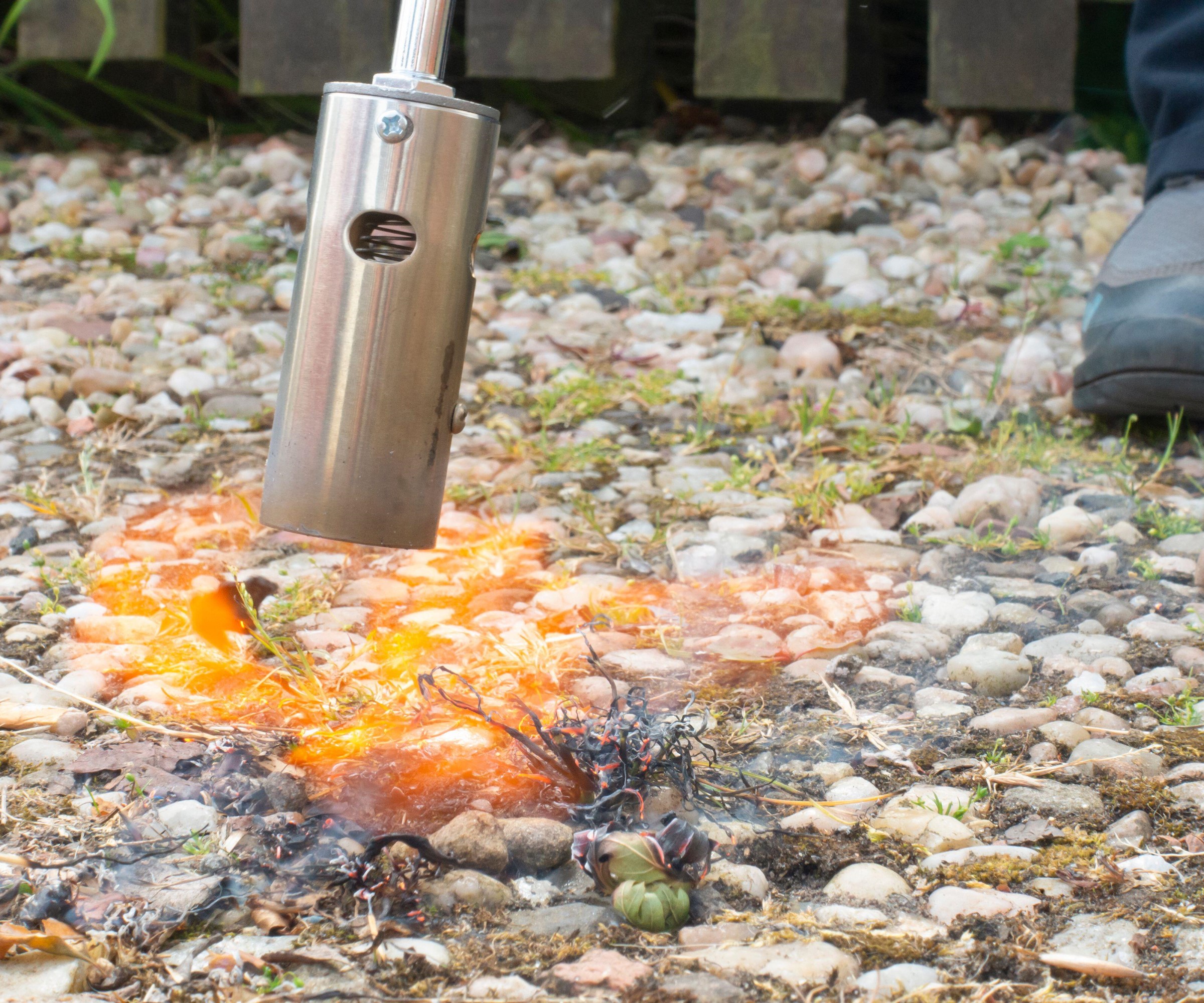
Regularly using a weed burner on the shoots continually weakens the plant and can be part of a long-term strategy to get rid of horsetail.
A flame weeder can be an efficient way to kill weeds, as it generates a flame to direct at the weeds and destroy them. This method only kills the above-ground shoots, and the horsetail will come back, but repeatedly burning shoots will weaken the horsetail’s rhizome over a few years.
Where the horsetail is growing is one factor that might limit the usage of a flame weeder. The device is ideally suited to removing weeds from pavers or killing weeds in gravel, but if the horsetail is in the middle of a flower bed surrounded by precious plants, a flame weeder may risk affecting other plants.
This propane torch flame weeder at Amazon features a 30-inch nozzle and it self-ignites at the touch of a button. The device also has a wide nozzle head, and you can adjust the size of the flame.
5. Pull it regularly
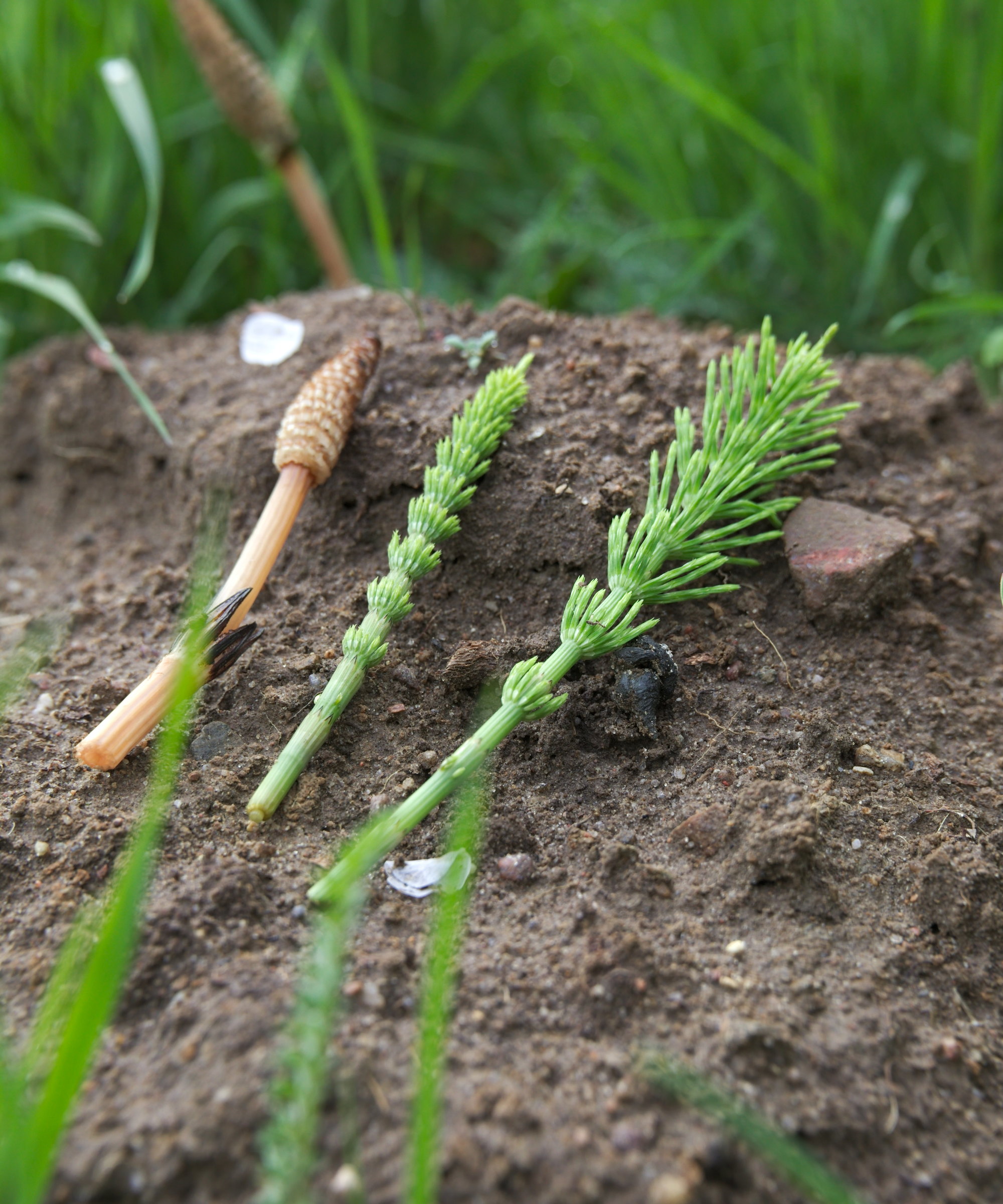
This tactic is essential if you have any aspirations of getting rid of horsetail. Any new shoots you see are best removed to stop the plant from spreading. There will be no immediate reduction, and it may seem futile at times, but keeping on top of new growth can be part of a way to manage field horsetail.
'It’s very important to keep consistent with any cutting or pulling of shoots, to help diminish the root system,' advises Trent. 'With consistent cutting, soil improvements, barriers, and healthy competition from other plants, it’s possible to reduce it to a manageable level over a few seasons.'
Cut horsetail stems should be properly disposed of and never added to your compost, as this will spread the weed.
How to get rid of horsetail – What professionals can do
Spraying weedkiller isn’t a quick and simple fix for horsetail, and should be done by professionals for the best results. Due to the plant’s extensive rhizomes, it will require several treatments, even over several years, to get rid of horsetail.
'Herbicide application at the right time of the year, and applied by trained professionals, is an effective method of control,' says Jennifer Holmes from Environment Controls, experts in the removal of invasive plants.
'To use an approved herbicide to treat horsetail requires specialist knowledge, and treatment should involve multiple applications at the optimum time of year.'
'Horsetail has a waxy surface that can resist many herbicides and makes it tough for sprays to penetrate,' adds Trent Brown. 'For better absorption, crushing or bruising the stems before applying a weedkiller can improve results.'

Jennifer Holmes is Head of Marketing & Business Development at Environment Controls. She specialises in Japanese knotweed and other invasive species, and works with invasive species experts to provide educational and informational content for a diverse range of audiences.
FAQs
Does mowing spread horsetail?
If you have horsetail in your lawn, mowing will not spread the problem. In reality, regular mowing helps to control the horsetail. Mowing will not affect the root system, but it will stop the horsetail spreading.
Does lime get rid of horsetail?
It is an old garden tale that applying lime to the soil can get rid of horsetail. Unfortunately, this myth has been debunked in recent years. As horsetail has been shown to thrive in a range of conditions, raising the pH of the soil by adding lime is not a secret hack to getting rid of horsetail. When answering a question on said topic, Rebecca Long from the University of Maine Cooperative Extension said: 'If you raised the pH high enough to be totally inhospitable for horsetail, it would likely be unsuitable for most plants.'
Horsetail can provide food and habitat as part of a wildlife garden, and its slender stems and vibrant feathery foliage can make an attractive addition to a space. It can sometimes lead to gardeners opting to control it, rather than focus attention on ways to get rid of horsetail.
'In highly infested areas, complete eradication is nearly impossible,' says Trent. 'The key is deciding whether it’s worth the fight. Some homeowners choose to live with it, blending it into naturalized plantings of ornamental grasses and perennials.
'I don’t find horsetail itself a particularly ugly plant, but it is aggressive. If I can design a more naturalized garden to draw attention away from the weed, then I recommend that option often,' he adds. 'Other homeowners are committed to the long battle of suppression.
'Either way, control and coexistence are often the most realistic strategies when it comes to Equisetum.'
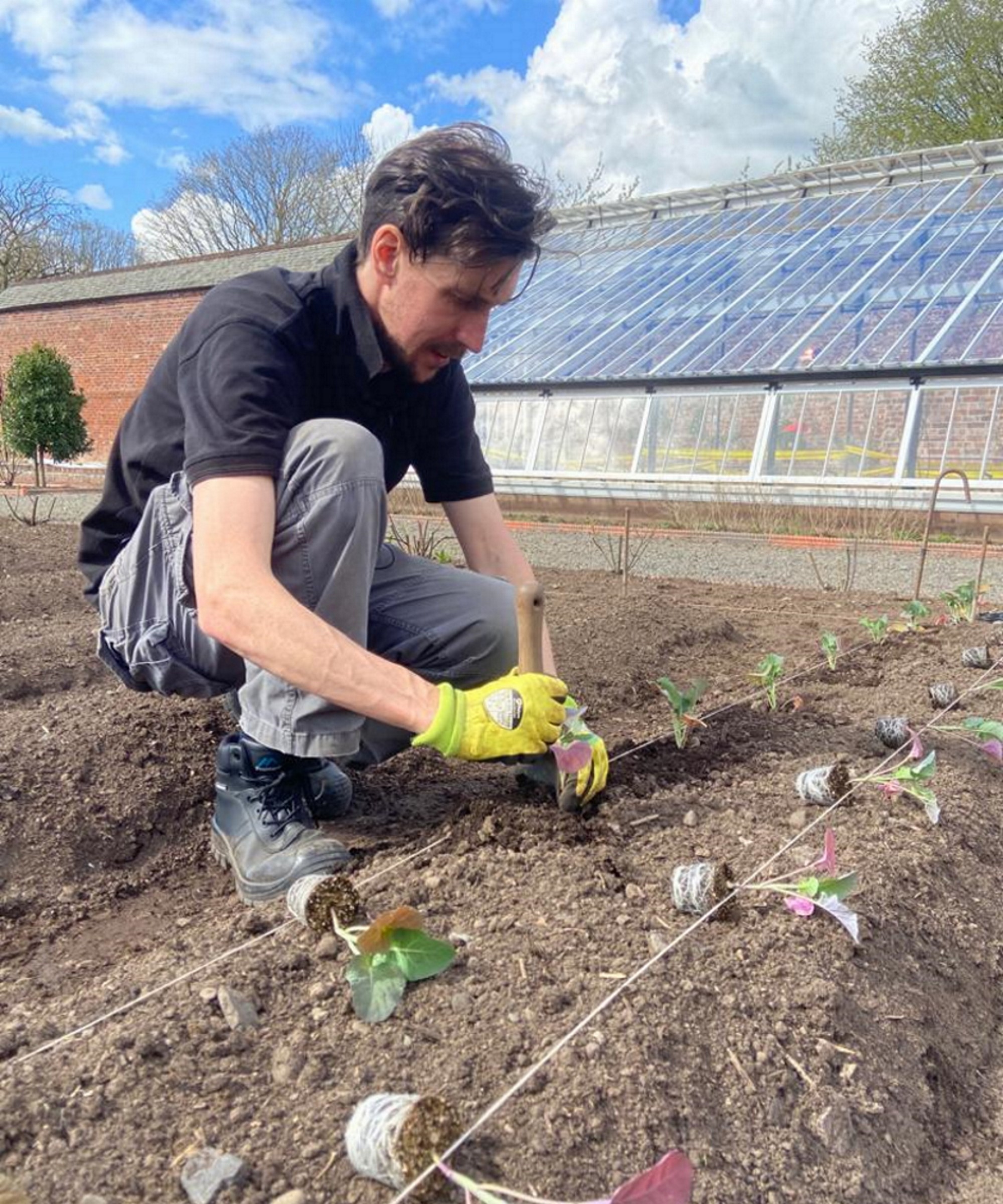
Drew has worked as a writer since 2008 and was also a professional gardener for many years. As a trained horticulturist, he worked in prestigious historic gardens, including Hanbury Hall and the world-famous Hidcote Manor Garden. He also spent time as a specialist kitchen gardener at Soho Farmhouse and Netherby Hall, where he grew vegetables, fruit, herbs, and cut flowers for restaurants. Drew has written for numerous print and online publications and is an allotment holder and garden blogger. He is shortlisted for the Digital Gardening Writer of the Year at the 2025 Garden Media Guild Awards.
You must confirm your public display name before commenting
Please logout and then login again, you will then be prompted to enter your display name.
